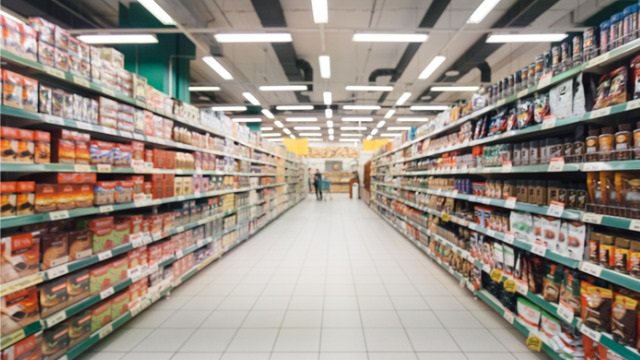
Paul Milner

Photo by istock.com
As the world continues to grow more connected by the day, consumers have access to more information than ever before. They don’t let it go to waste — they’re doing plenty of research before shopping to ensure they’re getting the right product at the right price. This is true for both online and in-store, with shoppers researching at home or on the go before buying. It doesn’t stop once they’re in the store either. According to a study published by Bazaarvoice in 2018, 82% of smartphone users consult their phones on purchases they are about to make in store.
With so much information in the hands of shoppers, it’s essential for stores to keep up with shopper demands for details about products and offerings. One specific way they can do this is through updating not only prices, but product information, in real time. Retailers have considered dynamic pricing for years now to keep up with changing prices across all channels and stores. However, we’re now seeing a greater need for real-time product knowledge beyond just price — therefore, it’s time to focus on a more all-encompassing phrase: dynamic information.
Industries benefiting from dynamic information
There’s a level of flux in product information that we’ve never seen before. All industries can benefit from transparency and providing their customers with as many product details as possible. It’s especially lucrative in industries where the product information changes as quickly as the price does. This is true in appliances, electronics and especially grocery. In the grocery and food & beverage industries, things like the origins of the product and ingredients are extremely important to shoppers. Additionally, pack size and price per unit are constantly fluctuating as manufacturers adjust packaging. By providing these ever-changing details on ESLs, shoppers have instant access to the facts that matter most to them.
Enhanced pricing information
Price is the number one factor for making an in-store purchase. Therefore, it had better be accurate. Promotions are omnipresent in grocery with brands and manufacturers running deals seemingly every week on a variety of products. This is difficult to keep up with when price adjustments require manually changing paper labels.
Additionally, as omnichannel continues to be the name of the game, conventional retailers struggle immensely to coordinate price changes on their websites with the prices in stores. Shoppers are increasingly hopping between digital and physical channels, expecting the product prices and information to be consistent. Fulfilling this fluid shopping experience is impossible when prices are displayed differently, which is why automatically adjusting prices on electronic shelf labels and can be extremely beneficial to the shopping experience.
Key to ongoing success
There’s plenty of pressure from online retail that threatens to put brick and mortar stores out of business. However, the retailers who are doing well are the innovators who recognize the need for new technology versus relying on yesterday’s business models. Meanwhile, those unwilling to adapt and advance are getting caught in death spirals.
With consumers wanting more digital experiences in the store, it’s essential to look forward and embrace in-store technology that gives shoppers the information they need, whether it be product origin, promotions or price. Embracing and offering dynamic information in today’s rapidly changing world is key to a successful future.
Topics: Assisted Selling, Consumer Behavior, Retail – Convenience Stores, Retail – Department Stores, Retail – General, Retail – Mall, Retail – Specialty Stores, Retail – Supermarkets & Grocery Stores, Store Design & Layout, Technology

